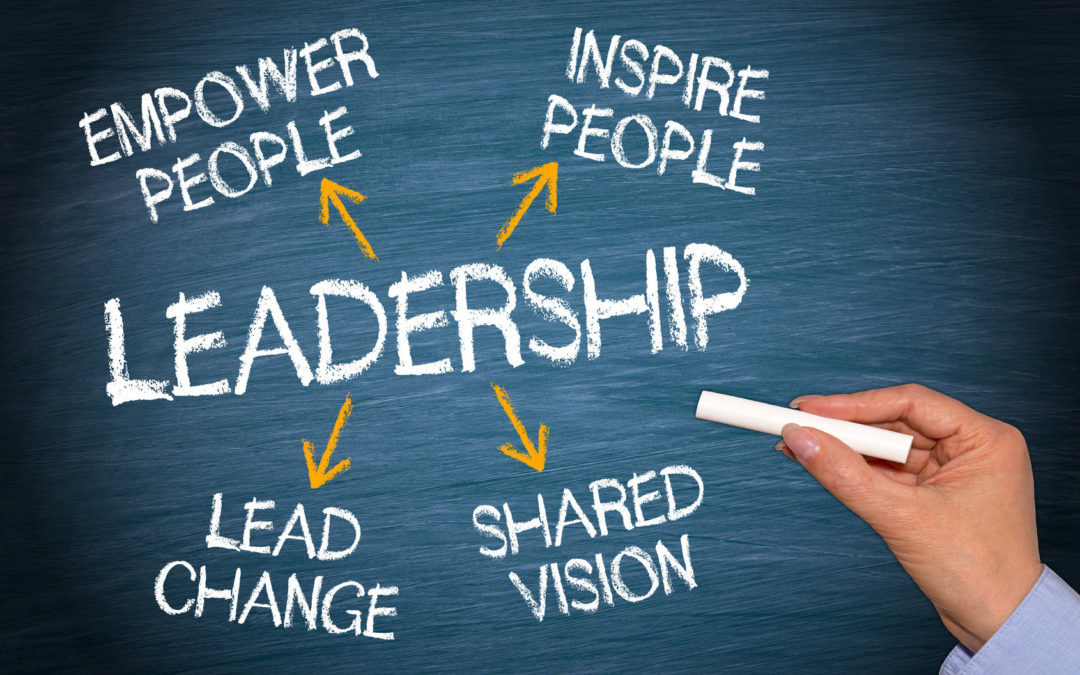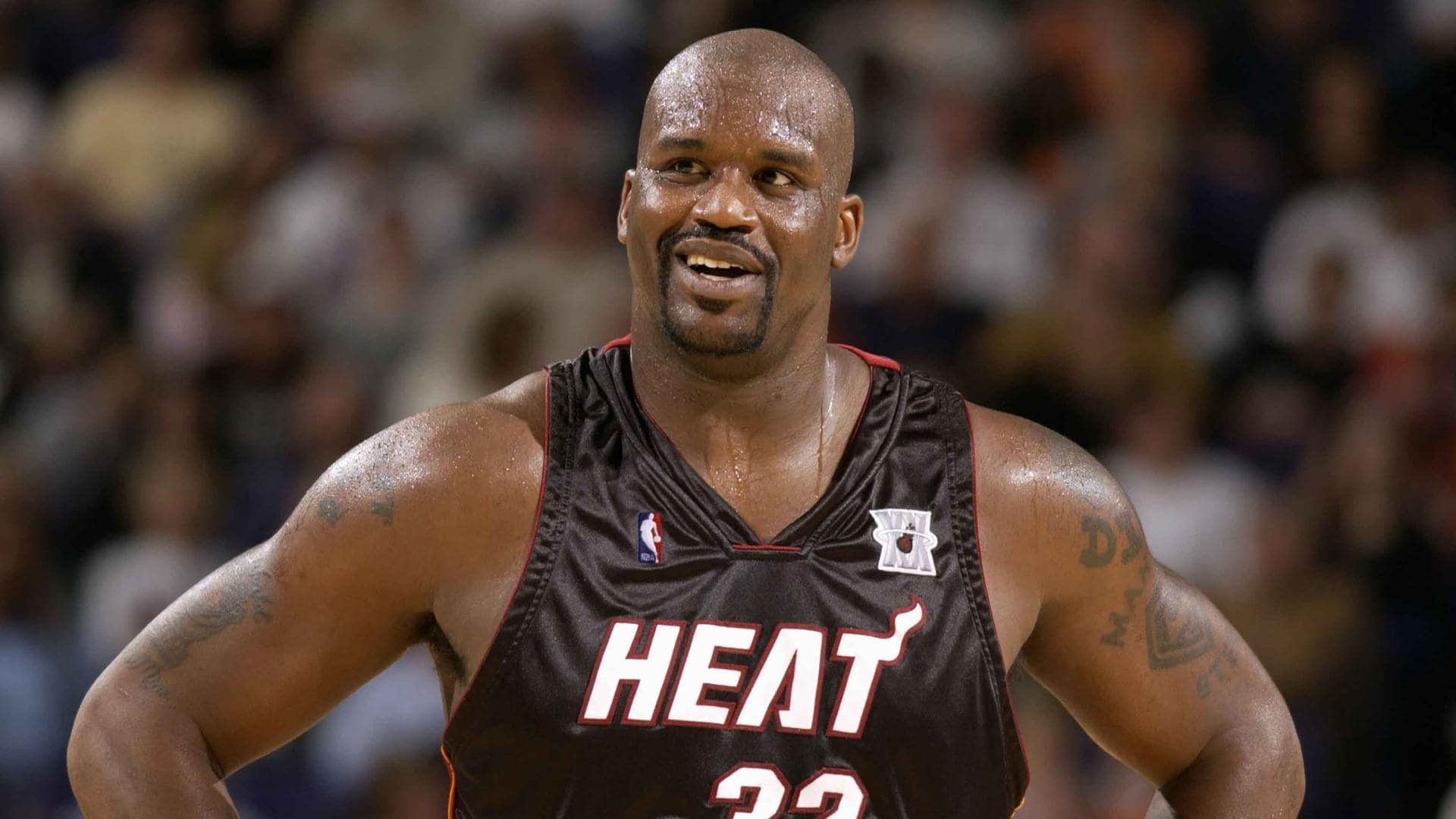Benefits Communication Is Falling Short: A Look at the Data
Improving communications to employees about their workplace benefits is a top strategic priority for benefits professionals, but many of them are falling short in their efforts.
That’s one of the main findings from Aon’s new 2024 Global Benefits Trends Study, which was conducted from March to April and received 288 responses from participants in 31 countries. The survey of global benefits professionals found that although most (73%) said that improving communications to employees and boosting their perception of their benefits is a top priority for them, only 38% said that ensuring benefits are highly valued by employees is a key objective for global benefits teams, and just 33% of businesses include guidelines on benefits communication in their global framework.
“Current efforts are underwhelming, uncoordinated, and ineffective,” Aon said in its report.
Traditional Communication Methods Prevail
Traditional media—including employee intranet, emails, benefits booklets, face-to-face meetings, and paper communications—are still the most common methods for communicating benefits to employees, Aon found. Benefits professionals do not use digital solutions such as benefits apps, virtual meetings, and video messaging as frequently for this purpose.
Why Is Communication Falling Short?
This finding that companies’ benefits communications are falling short is no outlier. Other research has found that employees are looking for improved communication from their organizations about benefits. This is especially true for younger generations, like Gen Z, who are entering the workforce and have different expectations.
A Lack of Personalization
The majority of employees are looking for more help and guidance from their employers about their benefits offerings, according to data from global insurance provider MetLife. It’s a sentiment that’s especially felt by Generation Z workers, who are on track to become the largest generation in the workforce.
“While employers continue to make significant strides in improving their benefits strategies year after year, there is still much work to be done to help close the gap between benefits education and utilization among employees,” said Jamie Madden, senior vice president of workforce engagement and benefits connectivity at MetLife.
Reaching Deskless Workers
There are some key barriers that make it especially challenging for HR to communicate benefits-related information to deskless workers, according to recent research from SHRM and Fidelity. Limited computer access during the workday (62%), irregular schedules/hours (56%), and lack of face-to-face communication (55%) all make communication difficult. In fact, irregular schedules are more of a barrier for HR professionals trying to reach deskless workers in the service industry compared to those in physical industries (65% versus 47%).
Deskless workers who are part-time or nonexempt hourly workers and those ages 18-34 are the most difficult deskless workers for HR professionals to reach when communicating about benefits, although the reasons why are unclear. Despite the unique challenges deskless workers present, 69% of HR professionals said they don’t adjust their strategies when reaching out to these employees. Instead, they continue to rely on traditional approaches such as presentations at new-hire orientations and printed materials including brochures and newsletters.
Why Should HR Care About Effective Benefits Communication?
The importance of clear and engaging benefits communication goes beyond simply informing employees about their options. It has a direct impact on employee engagement, retention, and overall well-being.
Fostering a Sense of Care
“It’s incumbent upon employers—both because it’s the right thing to do and because it leads to better performance for their customers—to proactively and actively engage employees around these topics. It’s a matter of reminding employees … about available [benefits],” Hawthorne said. “The other thing from the HR perspective is to make all of these offerings, tools, and programs understandable.”
Moving Forward: Strategies for Success
What can HR leaders do to improve their benefits communication? Here are a few key takeaways from the research we’ve reviewed:
-
Personalize the experience: Employees want to feel like their employer understands their unique needs and priorities. This means offering personalized benefits recommendations and communication that is tailored to their individual circumstances.
-
Embrace digital channels: While traditional methods have their place, it’s important to explore new digital channels to reach employees where they are. This could include using mobile apps, online portals, or even social media to communicate benefits information.
-
Make it easy to understand: Employees are often overwhelmed by the sheer volume of benefits information. Simplifying the language, using clear visuals, and offering interactive tools can make it easier for employees to understand their options.
-
Don’t forget deskless workers: HR professionals need to adjust their communication strategies to reach deskless workers effectively. This could include using mobile-friendly communication channels, providing in-person meetings, or offering flexible communication options that accommodate irregular schedules.
The Future of Benefits Communication: A Focus on Employee Well-Being
Ultimately, the goal of benefits communication is to help employees understand and utilize their benefits to their full potential. By implementing effective communication strategies, HR leaders can help employees feel more valued, engaged, and supported—leading to a happier and more productive workforce.
The trend in benefits communication is moving towards a more holistic approach that prioritizes employee well-being. This means addressing not only traditional benefits, but also emerging needs like mental health support, financial wellness programs, and flexible work arrangements.
As the workplace continues to evolve, HR professionals must stay ahead of the curve and adapt their communication strategies to meet the changing needs of their workforce. By focusing on personalization, accessibility, and employee well-being, HR can build a stronger and more engaged workforce for the future.



















